A healthy diet isn’t just about cutting back on food; it’s about making the right choices. There are simple guidelines out there to help you make smart decisions about what you eat. These tips are all about boosting your health, keeping chronic diseases at bay, and making sure your body gets all the nutrients it needs. But what exactly does eating right look like? Let’s break it down.
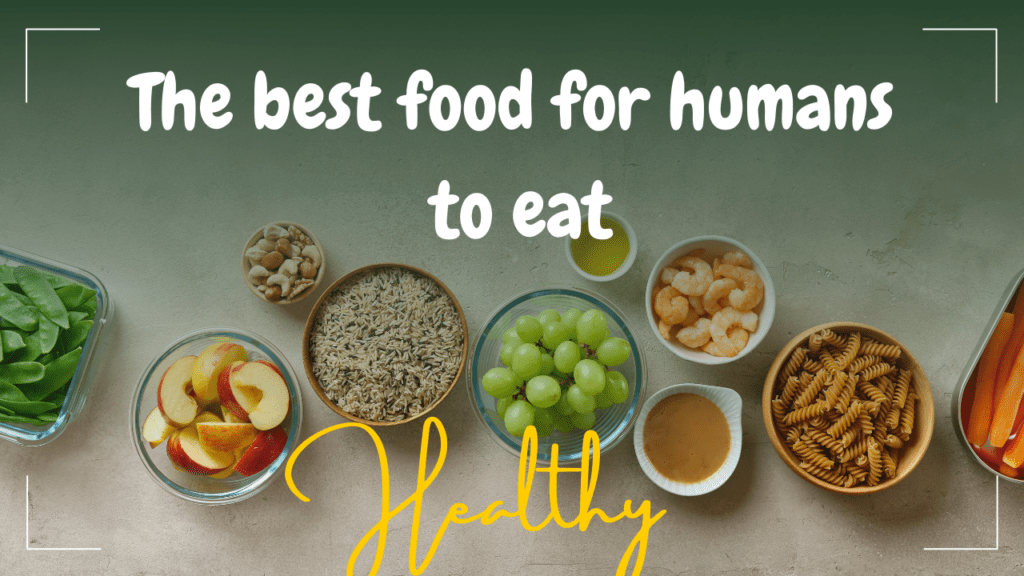
Table of Contents
Fruits and Vegetables
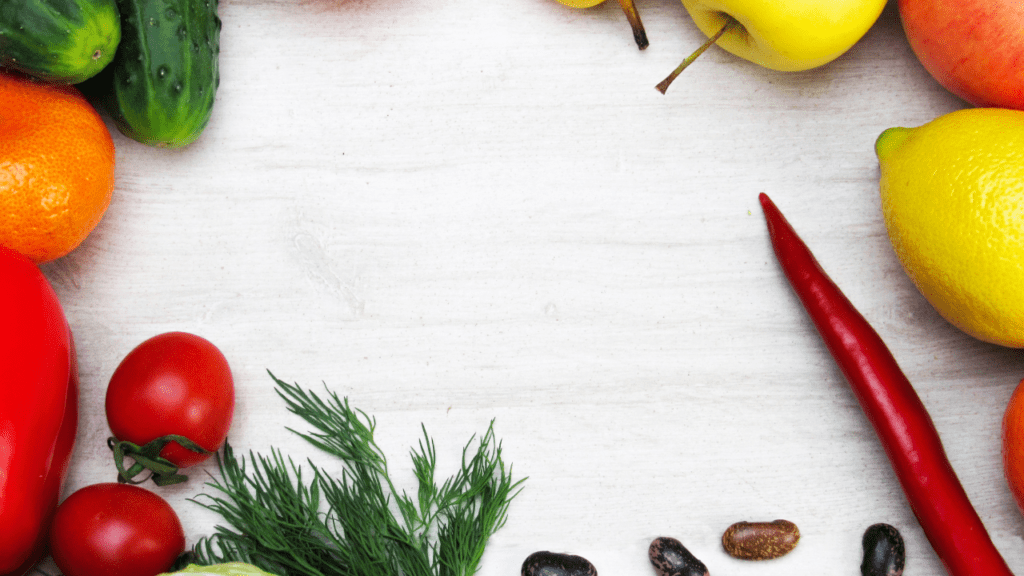
Benefits of Fruits and Vegetables
the best food for humans to eat is Fruits and vegetables are the one of a healthy diet. They are also rich in vitamins, minerals, and fiber, which are very crucial for maintaining good health. Consuming a variety of fruits and vegetables can reduce the risk of heart disease, stroke, and some cancers. Plus, they are low in calories, making them perfect for those looking to manage their weight.
Recommended Portions
The WHO recommends eating at least five portions of fruits and vegetables each day. This excludes starchy roots like potatoes and cassava, which, while nutritious, do not count towards your fruit and vegetable intake.
Types of Fruits and Vegetables to Include
To get the most benefits, include a mix of colorful fruits and vegetables in your diet. Dark leafy greens like spinach and kale, vibrant fruits like oranges and berries, and cruciferous vegetables like broccoli and Brussels sprouts should all be part of your daily intake.
Whole Grains
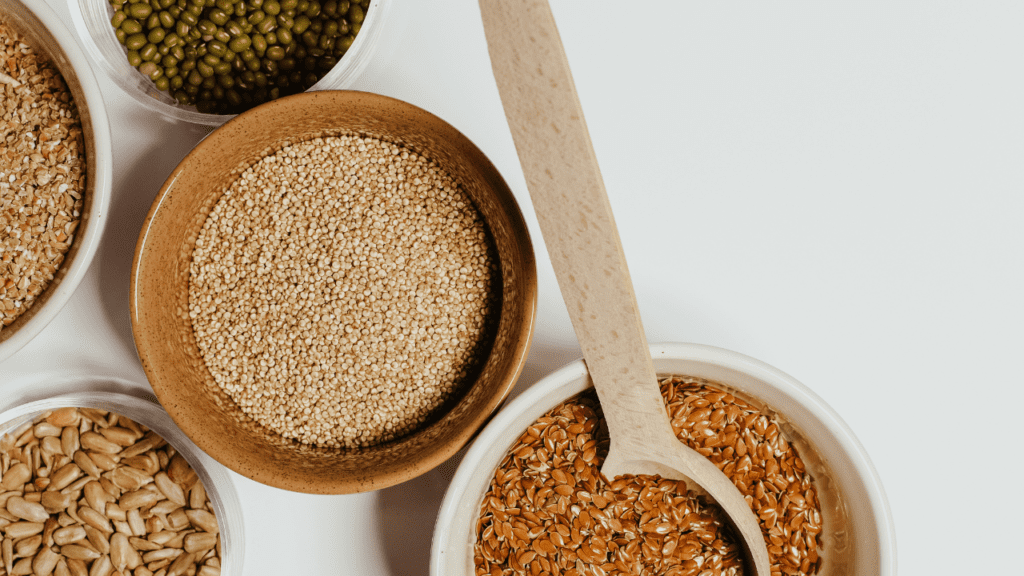
Understanding Whole Grains
Whole grains have not been refined. This means they still contain the bran, germ, and endosperm, which are packed with nutrients. Common whole grains include wheat, oats, barley, and brown rice.
Health Benefits of Whole Grains
Whole grains are a fantastic source of fiber, which aids digestion and helps maintain a healthy weight. They are also rich in B vitamins, iron, magnesium, and antioxidants, which are essential for overall health. Eating whole grains regularly can reduce the risk of heart disease, type 2 diabetes, and certain cancers.
Incorporating Whole Grains into Your Diet
Start by replacing refined grains with whole grains. For example, choose whole grain bread over white bread, or opt for brown rice instead of white rice. You can also add whole grains like quinoa or barley to soups, salads, and casseroles.
Legumes
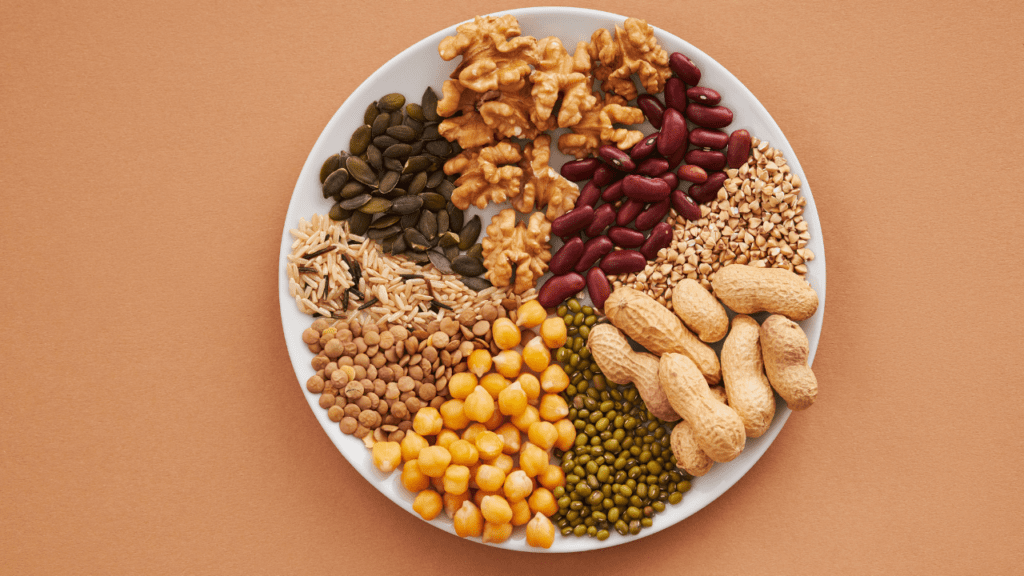
The Nutritional Power of Legumes
Legumes, such as lentils, beans, and peas, are nutritional powerhouses. They are high in protein, fiber, vitamins, and minerals, making them an excellent choice for a healthy diet. Legumes are also low in fat and can help reduce cholesterol levels and improve heart health.
Different Types of Legumes
There are many types of legumes to choose from, including lentils, chickpeas, black beans, kidney beans, and peas. Each type offers unique nutritional benefits, so it’s a good idea to include a variety of legumes in your diet.
How to Add Legumes to Your Meals
Legumes are incredibly versatile and can be added to a wide range of dishes. Try adding beans to salads, soups, or stews, or use lentils as a base for a hearty vegetarian curry. You can also make dips like hummus from chickpeas for a nutritious snack.
Nuts
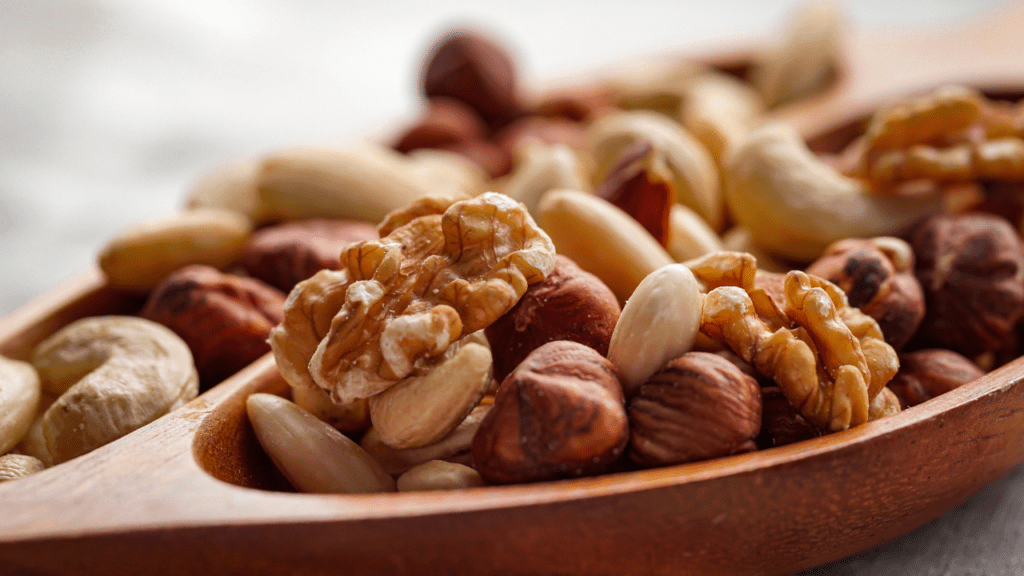
Why Nuts Are Essential
Nuts are particularly rich in omega-3 fatty acids, which are beneficial for heart health a great source of healthy fats, protein, vitamins, and minerals. Despite being high in calories, nuts can help with weight management when eaten in moderation, as they are very filling.
Types of Nuts to Eat
Some of the healthiest nuts include walnuts, almonds, and Brazil nuts. Each type of nut offers different health benefits. For example, Brazil nuts are an excellent source of selenium. while almonds are high in vitamin E,
Tips for Including Nuts in Your Diet
Adding nuts to your diet can be as simple as snacking on a handful of mixed nuts or sprinkling them over your morning oatmeal or yogurt. You can also incorporate nuts into salads, stir-fries, or baked goods for added crunch and nutrition.
Limiting Free Sugars
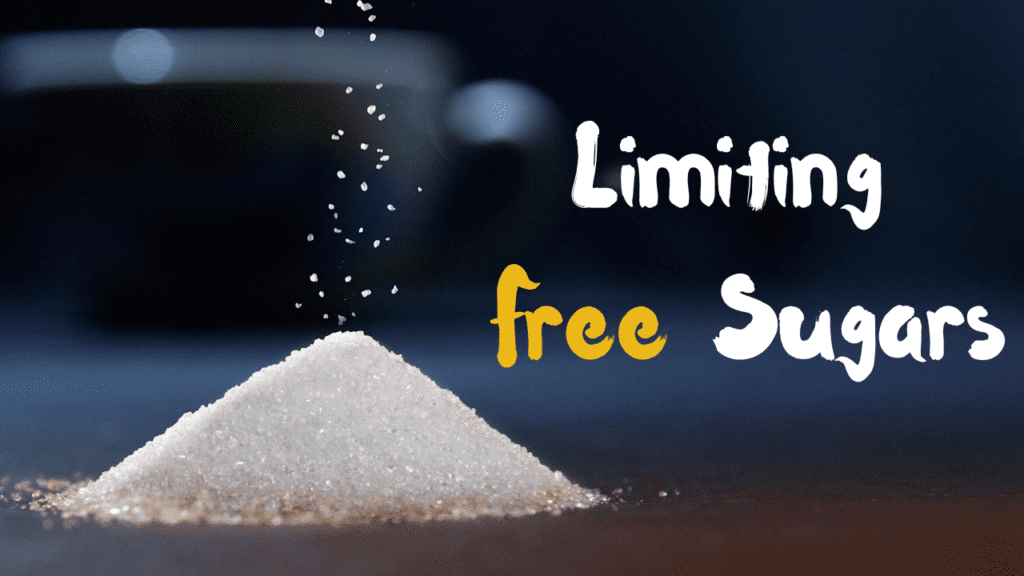
The Impact of Free Sugars on Health
Free sugars are sugars that are added to foods or drinks and those naturally present in honey, syrups, and fruit juices. Consuming too much free sugar can lead to weight gain, tooth decay, and an increased risk of heart disease.
WHO’s Recommendations for Sugar Intake
The WHO recommends that free sugars should make up less than 10% of your total energy intake, with an ideal limit of less than 5% for additional health benefits. For an adult, this translates to about 25 grams (6 teaspoons) of free sugar per day.
Reducing Sugar in Your Diet
Cutting down on sugar can be challenging, but it’s worth the effort. Start by reducing your consumption of sugary drinks like soda and fruit juice. Opt for water, or coffee instead. You can also satisfy your sweet tooth with naturally sweet foods like fruits.
Protein-Rich Foods
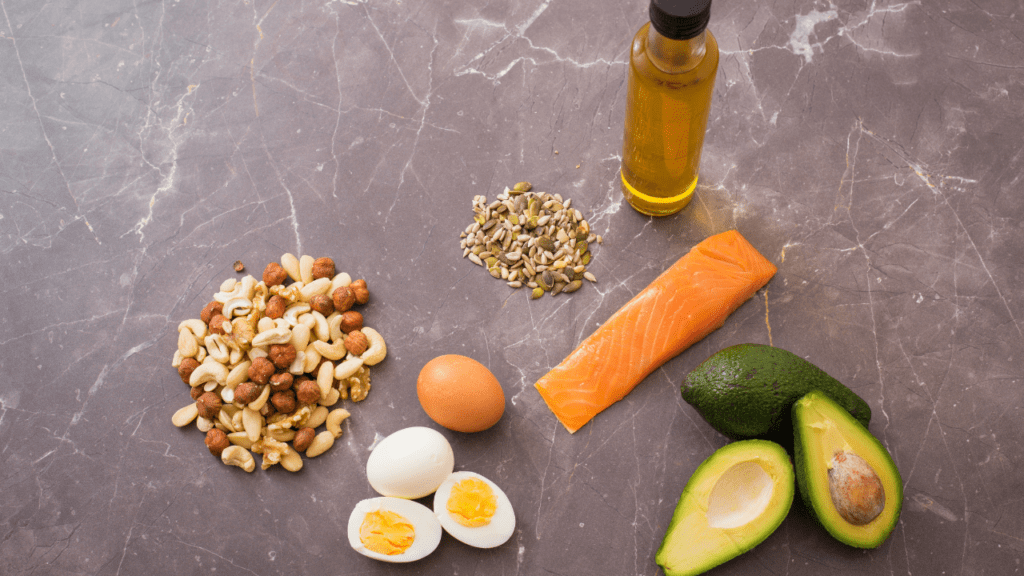
Protein-Rich Foods
Protein is essential for building and repairing tissues, supporting overall health, making enzymes and hormones, and supporting overall health. maintaining muscle mass as you age. It’s especially important.
Healthy Protein Sources
Healthy protein sources include fish, poultry, eggs, legumes, and dairy products. Fish, particularly oily fish like salmon and trout, are excellent choices because they are rich in omega-3 fatty acids, which support heart and brain health.
Adding Protein to Your Diet
For breakfast, try eggs or Greek yogurt. For lunch and dinner, opt for lean meats, fish, or plant-based proteins like beans and lentils. If you’re vegetarian or vegan, consider incorporating more legumes, nuts, and soy products into your diet.
Dairy Foods

The Role of Dairy in a Healthy Diet
An essential nutrient like calcium, vitamin D, and protein in Dairy foods. These nutrients are vital for bone health, especially in children and older adults.
Choosing the Right Dairy Products
When choosing dairy products, opt for fat-free or low-fat options to reduce your intake of saturated fats. Organic dairy products are also a good choice as they are free from added hormones and antibiotics.
How Much Dairy Do You Need?
Adults between 19 and 50 years of age need about 1,000 milligrams of calcium per day. After 50, this requirement increases to 1,200 milligrams. This can be met by consuming three to four servings of dairy products daily.
Oils and Healthy Fats

Understanding Monounsaturated and Polyunsaturated Fats
Not all fats are created equal. Monounsaturated and polyunsaturated fats are considered “good” fats because they can help reduce cholesterol levels and lower your risk of heart disease.
Healthy Oils to Use
Healthy oils include olive oil, avocado oil, and canola oil. These oils are high in monounsaturated fats and can be used for cooking, salad dressings, or drizzling over vegetables.
Balancing Fat Intake
While it’s important to include healthy fats in your diet, moderation is key. Too much fat, even the good kind, can lead to weight gain. Focus on using healthy oils in place of saturated fats and trans fats found in processed foods.
The Power of Blueberries
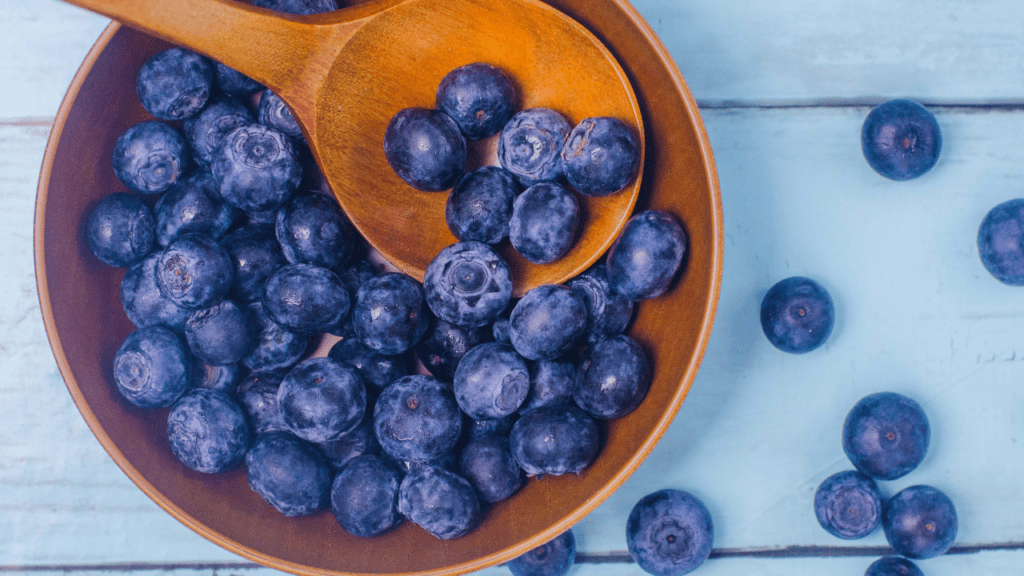
Nutritional Benefits of Blueberries
Blueberries are for a good reason often hailed as a super food, and. They are packed with antioxidants, particularly vitamin C and manganese, which support immune function and promote overall health. Blueberries are also rich in dietary fiber, which aids digestion and supports weight management.
How to Incorporate Blueberries into Your Diet
your diet is easy and delicious by Incorporating blueberries. Add them to your morning cereal or yogurt, blend them into smoothies, or enjoy them as a snack. You can also use blueberries in baking or as a topping for pancakes and waffles.
Read more about why it is important to your diet Click here Website
Tips for a Healthy Diet
Limiting Processed Foods
Limiting your intake of processed foods and focusing on whole, unprocessed foods can help you maintain a healthy diet.
Staying Hydrated
Staying hydrated is crucial for overall health. Water is one of the best choices for hydration, herbal teas and water-rich foods like vegetables and fruits can also contribute to your daily fluid intake.
Choosing Whole Grains Over Refined Grains
Refined grains are also stripped of nutrients during processing. Choose whole grains whenever possible to ensure you’re getting the full range of nutrients.
Read our latest Articles Click Here Website
Conclusion
The WHO’s guidelines provide a comprehensive framework for maintaining a healthy diet. By incorporating a variety of fruits, vegetables, whole grains, legumes, nuts, and healthy fats into your diet, while limiting free sugars and processed foods, you can improve your health and well-being. Remember, it’s not just about eating less but about eating right.
FAQs
What are the best sources of protein?
The best sources of protein include lean meats, fish, eggs, legumes, nuts, and dairy products. Plant-based proteins like tofu and tempeh are also excellent choices for vegetarians and vegans.
How can I reduce sugar in my diet?
To reduce sugar in your diet, start by cutting back on sugary drinks and processed foods. Opt for naturally sweet foods like fruits, and use spices like cinnamon or vanilla to add flavor without the sugar.
What are the benefits of eating nuts?
Essential nutrients like vitamin E and magnesium Nuts are rich in healthy fats, protein, and. They support heart health, aid in weight management, and provide a satisfying snack.
How much water should I drink daily?
The recommended daily water intake varies depending on factors like age, gender, and activity level. However, a general guideline is to drink at least 8 cups (2 liters) of water daily.
Easy ways to add more vegetables to my diet what are they?
You can add more vegetables to your diet by incorporating them into soups, stews, stir-fries, and salads. Try snacking on raw veggies with hummus or adding extra vegetables to your sandwiches and wraps.
